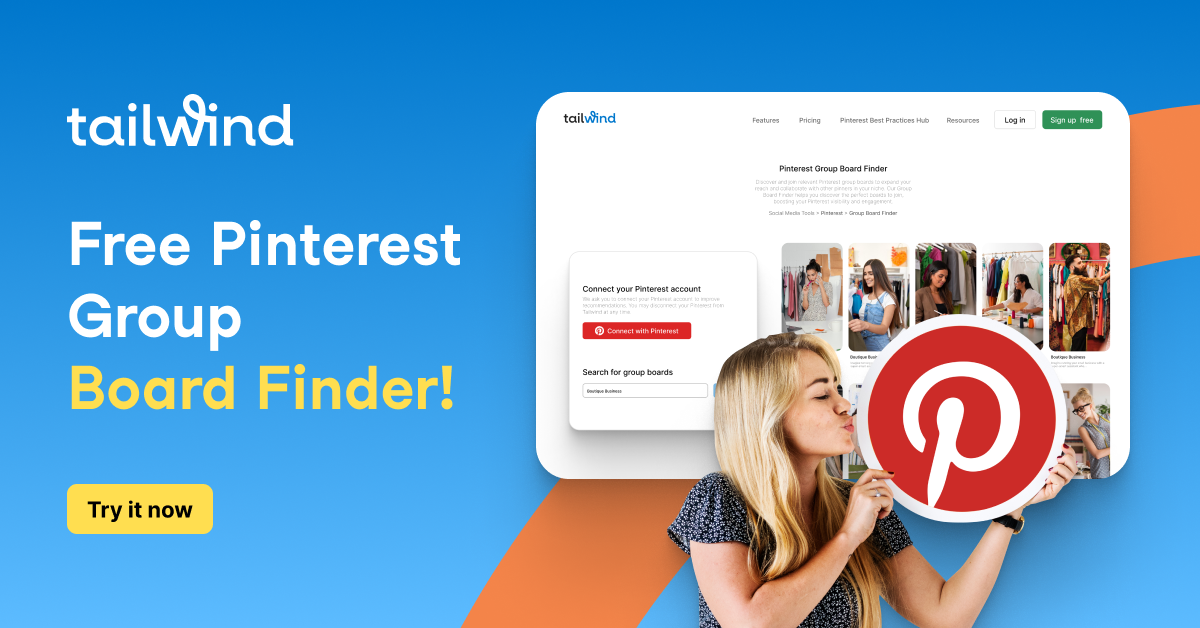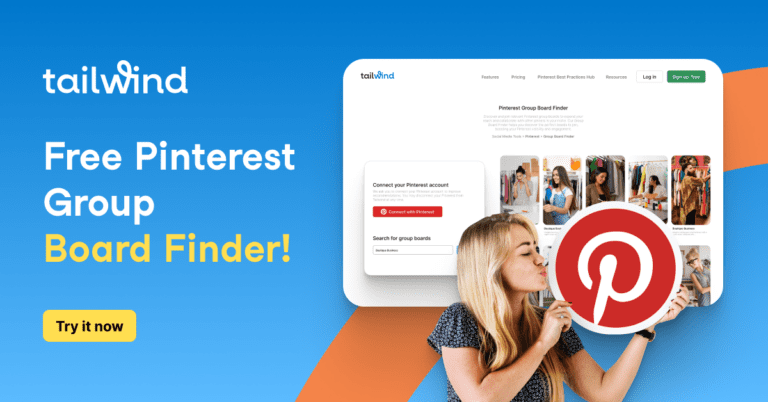
Repurposing content. It’s one of the most common things you will hear marketers talk about. But this simple statement begs a much more complex issue: how do you reuse your content on more than one social platform effectively?
Fitness blogger Cassey Ho puts it perfectly in her interview with Morning Brew:
“It’s like talking to different siblings; they just need to be talked do differently if you want a certain result.
How I’m going to talk to someone on TikTok is different than how I’m going to talk to them on Facebook.”
Cassey Ho, Founder of Blogilates
So when you think about repurposing your content on different platforms, it’s not that your content has to be absolutely different.
But your presentation and how you get your message across has to be different, according to the users on those platforms. Sound pretty simple? Let’s take a deeper look.
Know Your Audience
Before you go creating yet another set of marketing personas, stop for just a second.
Because it can be tempting at this point to start (or assign) the task of creating personas for each platform, but honestly, that won’t change a thing about how you post online.
“Marketing personas are usually a boondoggle, but they don’t have to be.”
Rand Fishkin
The question to ask yourself is not who in your audience is on what platform and create a “Francine Facebook” and “Instagram Ira” along with “Tik-Tok Tracy” and LinkedIn Larry”.
Instead, social media personas need to be actionable, and to be actionable, they need to talk about two things:
- What group or groups does that persona include, and how do they engage most often on a specific social media platform?
- What specific problems does that particular group have if they are unique when compared to other social media personas?
@blogilates Change your intention and you’ll change your mind AND your body! ##bodyimage ##blogilates ##fitness ##bodypositivity ##bodylove ##loveyourself ##loveyourbody
♬ the real sorority check – elizabeth the first
In short, you only really need the data that helps you take meaningful action. In this case, those actions are modifying your content to reach a specific audience, and also knowing what source that data came from, so it can be verified and revisited as needed.
You’re doing less work than you would creating a more robust, (but less useful persona.) The good news is you can still give them clever names like TikTok Tracy if you really want to!
Know the Platform
Pinterest = visual. Insta and TikTok = short form video. YouTube = longer-form video content, tutorials, etc. Facebook… You get the idea. Each platform has a different focus for the kind of content users respond to, and if you simply share the same content from platform to platform, it doesn’t always work.
“Instagram users are eating up Reels because I think there is a sect that is not willing to go on TikTok.
So that’s one place where I’m able to use the same content on both platforms.”
Cassey Ho
This is simply one example. Facebook and Insta stories can and do cross platforms well. Content that resonates on your Facebook business page might work on LinkedIn, but it’s more likely that your blog posts, republished as LinkedIn articles, will do better.
The point is that you don’t have to make completely new content for each platform, but you do need to tweak your content to fit the needs of each platform and consider up-cycling your content in a different format for each.
For example, you can pull points from that blog post you just featured on Facebook as a short video on Instagram or Tiktok!
You can reuse content and reduce your workload as long as you do it carefully.
Test on One Platform Before Multiplying Mediocre Content
While the advice here is that you can reuse content, don’t reuse poor or mediocre content.
Think of it this way. You and your team create what you think is a clever little TikTok dance routine. Your marketing manager films it with his iPhone 12, and ta-da! Content! You post, and while you usually get pretty good engagement, with this post you get…nothing.
Worse, you get some negative comments. Should you put that on Reels and see if it does better there? The answer is probably no. The audience for Reels and Tik Tok are similar enough you’ll likely get the same reaction.
Do you have to scrap that content idea entirely? Not at all. Perhaps your execution was poor, or you need to do something different with the idea on another platform.
Here’s the key: get as many eyes on the content as you can before you post, preferably in your target audience.
You can even run a $5 ad campaign (in some cases where this is possible on the platform) to test the waters and see what kind of engagement you get.
A lot of those Facebook anger emojis might mean this one needs to head for the bin. Don’t be afraid to test a new content idea on one platform – this gives you key learnings to help you fine-tune your approach!
@blogilates Need your help! Comment your bra size + fave cuts. My brand is @popflexactive thank u for ur feedback ❤️ ##bra ##bras ##girlythings ##sportsbra ##fitness
♬ original sound – cassey
Graphics Galore
Without going in-depth into the creation of graphics, let’s just take a couple of basic guidelines and spread them across more than one platform.
More importantly, let’s look at what is different, and how one graphic can satisfy more than one need.
At this point, you should pull out your recreated and very useful personas. Then revisit what each platform is about and look at your graphic in that light.
Pay attention to color – The psychology of color is well documented. Each platform’s users may react differently.
On Insta, with the right hashtags that red and yellow hero shot might do well. On LinkedIn, the same image, with different colors, might resonate better with a more professional audience. Note we didn’t change the graphic itself, just the colors.
Pay attention to message – A small change to ad copy on the same image could make it suitable for a new audience. That pun might do well on Facebook with a slightly older audience, but a hipper cultural reference might resonate better on Instagram. A similar image with a lighter punchline might appeal to Pinterest Penny.
Size Matters. So to translate between platforms you need to a different size of banner, ad image, or video size. Nothing says, “I’m not professional and have no idea what I am doing on this platform” than the wrong sized image. A corner cropped out, text that runs off the edge of the image, all of these can take your content from hero to zero on a different social media stream. Need help? You can find Facebook image sizes, Pinterest image sizes, and Instagram image size guides on our blog!
Color, message, and size, or CMS if you will, should guide your graphics translation. Don’t do one without the other, and make sure you have time and attention to devote to these details!
A New Guy on the Block
First there was Clubhouse. Soon after, Reddit, Facebook, Twitter, and others followed with audio-based social media. Is this because of Zoom fatigue? Whatever the reason, audio appears to be here to stay. What should you do about it?
- Don’t just read your content into an audio void. Unless you are a novelist and the next Toni Morrison, maybe reconsider! Audio is a discussion-type venue, so focus on being social and starting a conversation!
- Repurpose your content by asking questions and inspiring discussion. Pick and choose. Some content will translate here. Others won’t.
- Tread carefully. Live audio is tricky. You can’t just delete comments or shut down a discussion easily. Things can get away from you quickly, so avoid controversial content and what we call “hot takes” right off the bat!
You can reuse and repurpose content for audio. It’s new, so learn as you go. Early adopters could have a real advantage here!
The Power of Evergreen Content
What about recycling? Well, there is power in evergreen content or content that is timelessly relevant. For example, this piece on Establishing Trust Through Excellent Content is still relevant because the principles of expertise, trust, and authority are still relevant and have been made even more so by the upcoming changes to Google Core Web Vitals.
This is the type of content that works on more than one platform, can be posted over and over again, and still retain relevance, and even with small updates can keep bringing you web traffic for years rather than just weeks.
But you should strive for more than just evergreen content that will work for a number of platforms. You should shoot for evergreen, cross-platform content!
Yes, you’ll have to modify images and maybe massage copy text and your message from time to time, but the topic of the content will be relevant to a variety of audiences on a number of platforms.
How do you achieve this? know your audience, know the platform, and observe CMS as you work with your content. But there is one more thing…
Know Yourself and Your Why
For each social media platform, you should have a goal. And any content you reuse should fit that goal. Understand that not every piece of content will satisfy your goal—more specifically your why for that particular platform. Recycle and reuse wisely.
Ask yourself:
- Why are we on this platform? What do we want our followers to do?
- Does this content align with those goals and desired actions?
- If not, can this content be tweaked to fit those goals?
If you can’t answer one of the last two questions with a resounding “yes” then don’t force it. That is a sure way to run into trouble.
Finally, remember, you will have audiences that cross platforms. Try not to over-reuse content! You don’t want to bore them, and you certainly don’t want to make it seem like you don’t have anything unique to say.
Being able to repurpose, reuse, and recycle content definitely reduces your effort and the time you spend on content creation.
But tread carefully. Know yourself and your why and align with those goals. Use CMS and create content that is evergreen whenever you can. Finally, know your audience and the platform. Consistent, relevant messaging is key.






